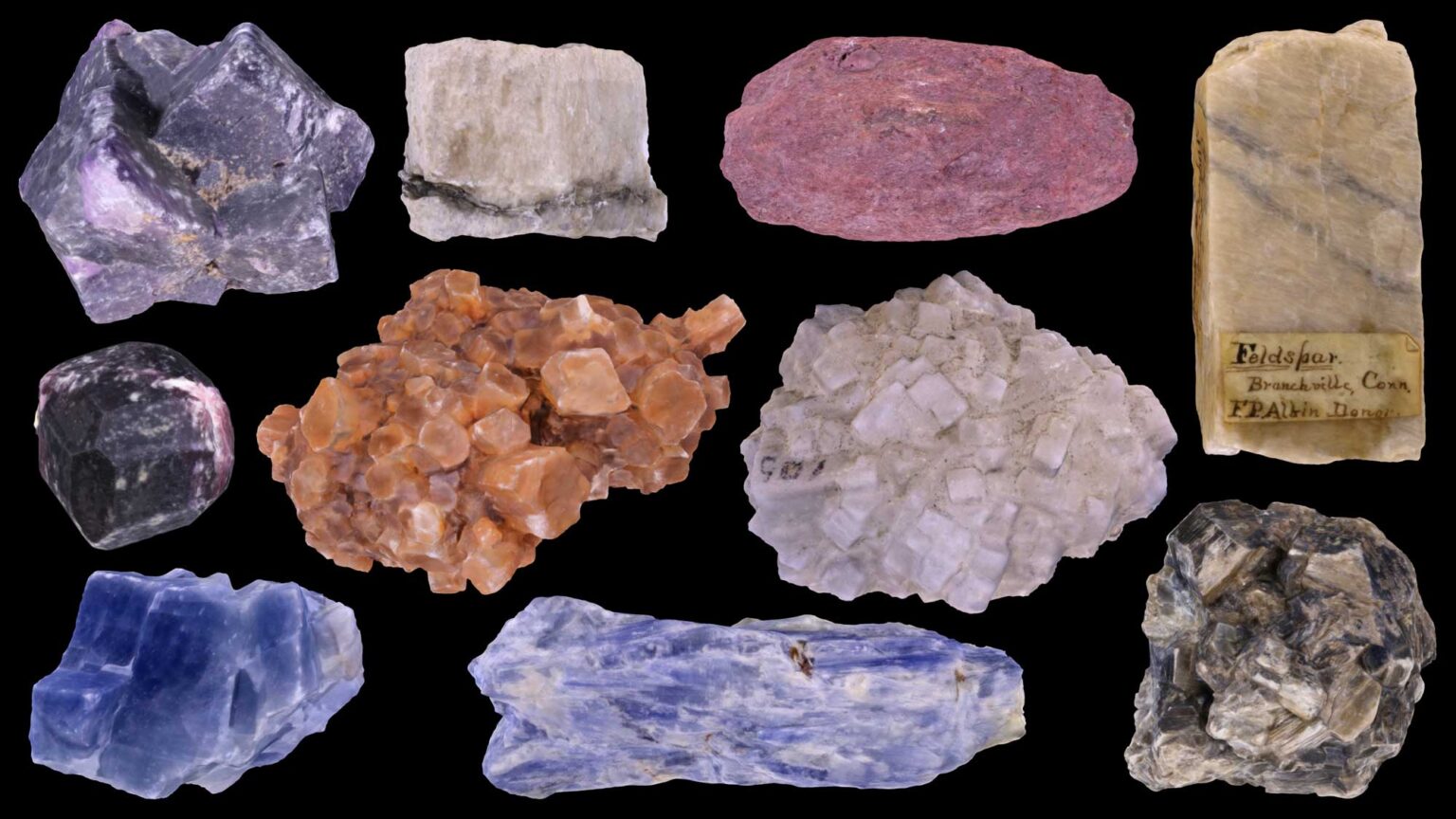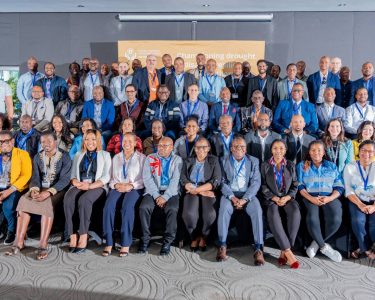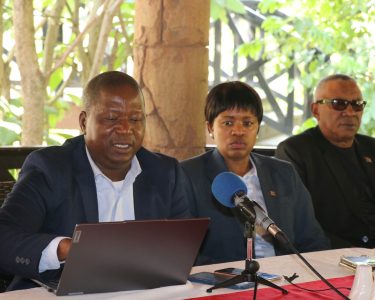
By Phephile Motau
The Ministry of Natural Resources has been allocated a budget which indicates an increase of more than 100 per cent compared to last year.
The Minister of Finance Neal Rijkenberg said the government has allocated a budget of E1.09 billion which translates to an increase of E561 million Emalangeni, compared to last year’s allocation, to implement its programmes including access to clean water and electricity.
Most of the money will go towards financing capital projects, according to the budget estimates. The ministry has capital projects worth over E986 million.
The allocations for the next financial year include E300 million in loan funds for improving the electricity network and access in Shiselweni, E18 million in local funds to complete and incorporate the multi-disciplinary geosciences mapping and E34.3 million in donor funds for feasibility studies for combined cycle power plant.
It also includes E15 million in local funds for the payment of taxes and administration and E300 million in loan funds for the construction of the Manzini Region Water and Sanitation Project.
Read More: More money needed for second phase of minerals survey
In terms of electricity, the minister said the government through the Eswatini Energy Regulatory Authority (ESERA) has approved the implementation of the 75 MW Solar PV, 13.6 MW Lower Maguduza hydropower plant, 33 MW Maguga Expansion and Lower Maguga Hydro Power Plants.
He said 80 MW of biomass power generation capacity, in addition to the already approved 40MW, has been assessed and confirmed viable for an additional generation.
“The country is also assessing the market for the development of wind generation capacity. All these projects are expected to add to the installed capacity,” he said.
He said these projects would contribute to the achievement of national security of supply and the target of at least 50 per cent of renewable energy in the country’s electricity mix.
Rijkenberg said while the country is strengthening its local generation, significant progress has been made with electricity access through the Rural Electrification Programme which considers both on-grid and off-grid solutions, based on the specific location of beneficiaries.
Read More: Copper-Nickel Platinum, Other Minerals Identified In Eswatini
The minister said the government has further developed a model for the installation of Distribution Ready Boards to assist under-privileged Emaswati that are unable to wire their houses. This will assist in fast-tracking the rate of electrification in the country and cost-effectively meet the 2030 target and maximise available resources.
“Eswatini is one of the leading countries in the SADC region that has invested substantially in boosting access to electricity, with a National electrification rate of 83 per cent. This is higher than the average for Africa, which stands at 40 per cent,” he said.
Rijkenberg said as reported by the World Bank, in 2020, Eswatini ranked 8th in the SADC region for access to clean fuels and technologies, with a score of 74.7 per cent.
He said the government through the Eswatini National Petroleum Company (ENPC) is working towards the development of the Strategic Oil Reserve Facility and has completed the land-use/planning, and zoning at Phuzumoya. Construction of this project should start this year.






